
Once a month, I will be publishing along with Philipp Hancke a WebRTC fiddle of the month as a free lesson in my WebRTC Codelab.
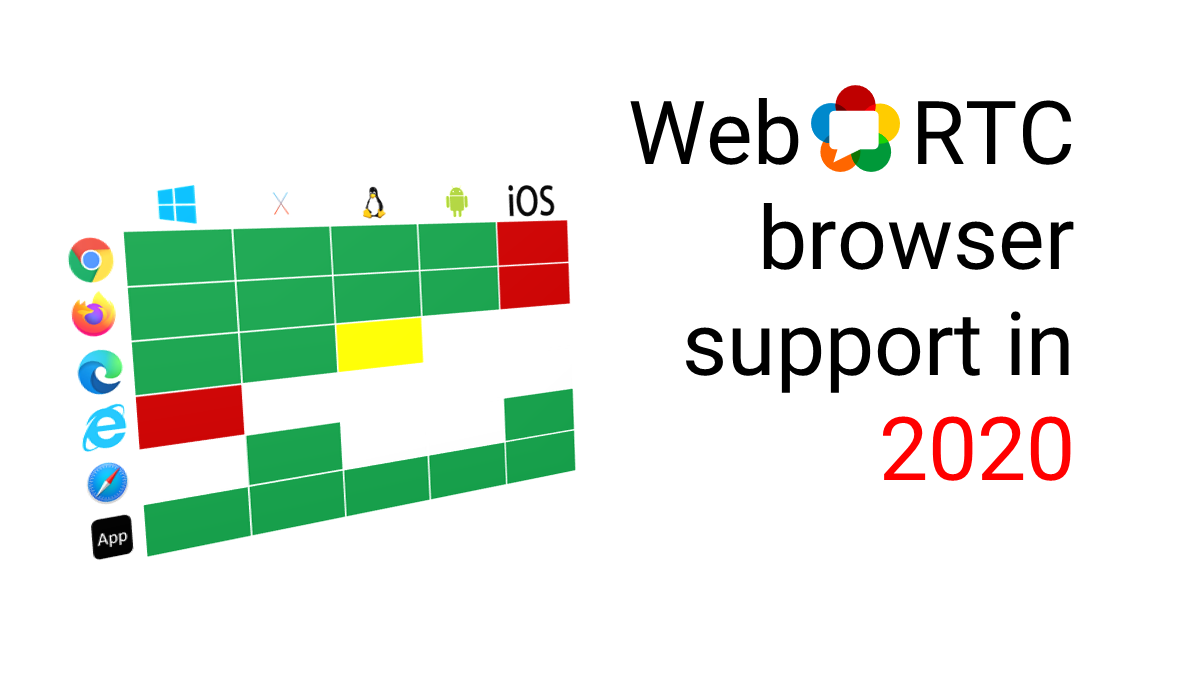
2020 offers an interesting viewpoint to WebRTC browser support. Where exactly is it available in desktop and mobile, and what can you do about it as a developer? This is almost a yearly article that I now write, each time with a slightly different focus to it. We’re now halfway into 2020, and things are […]
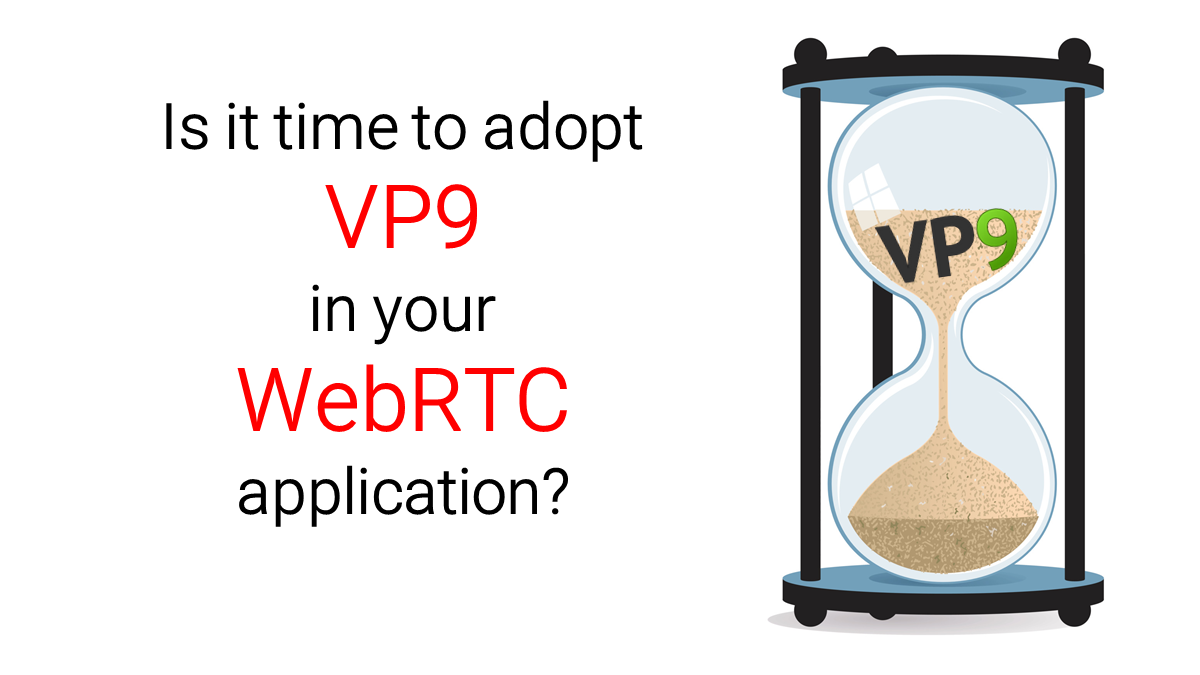
VP9 is the best unused codec today that can improve video quality and media experience in your WebRTC application. Lets see who is this codec good for.
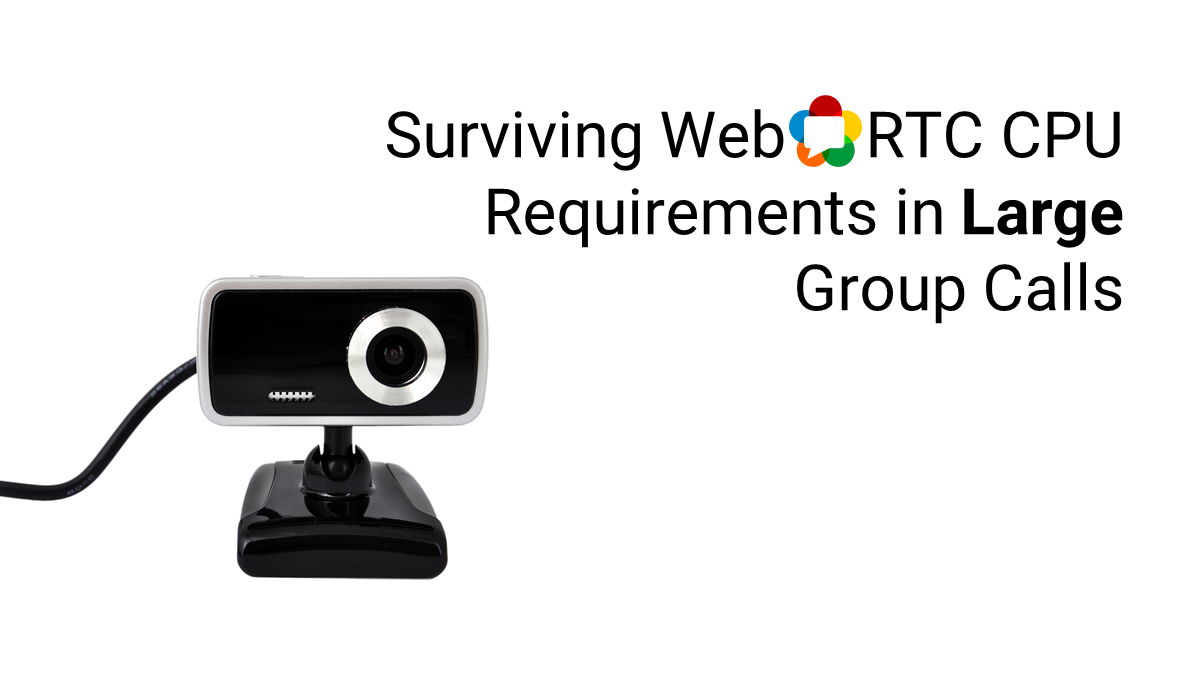
Enabling large group video calls in WebRTC is possible, but requires effort. WebRTC CPU consumption requires optimizations and that means making use of a lot of different techniques.
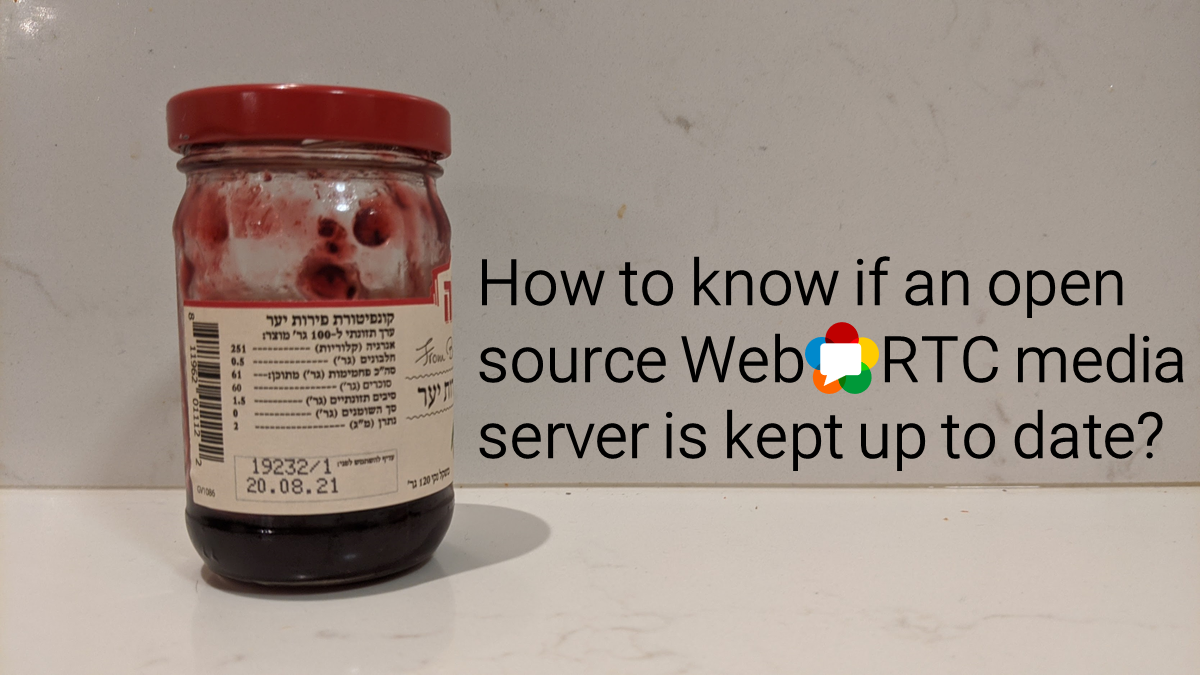
If you are going to start a WebRTC project that requires a media server, you better be sure you know how frequently as well as when was the last time the code got updated.
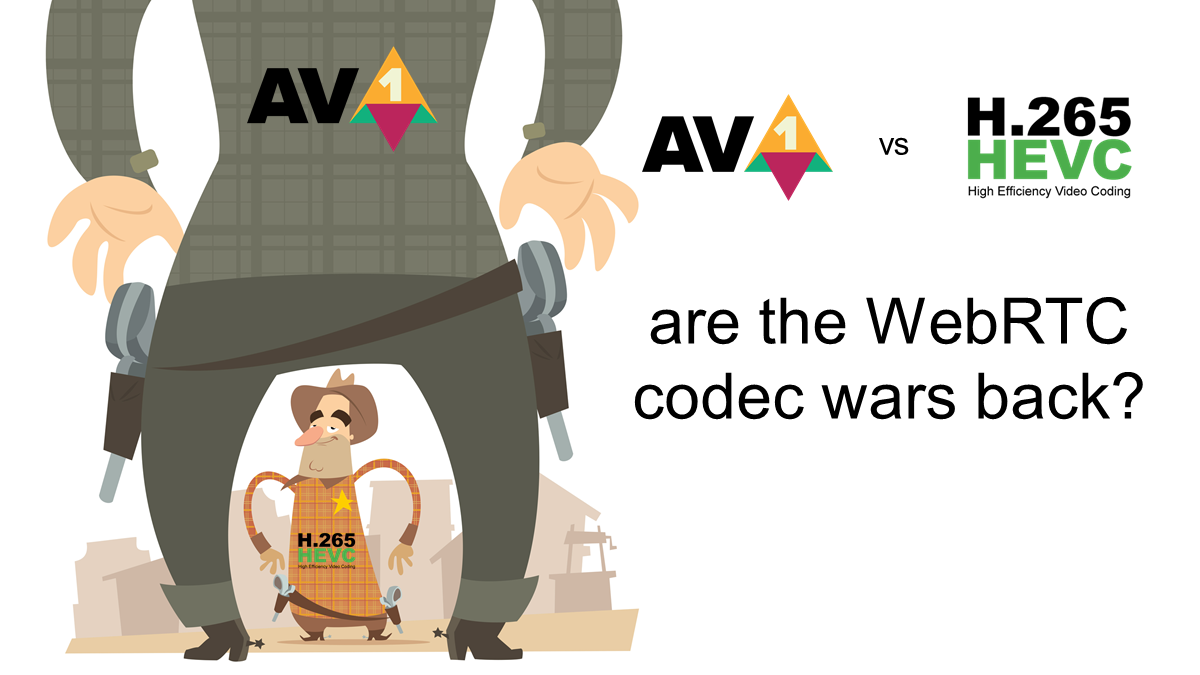
AV1 is coming to WebRTC sooner rather than later. Apparently so is HEVC. It is an AV1 vs HEVC game now, but sadly, these codecs are unavailable to the “rest of us”.
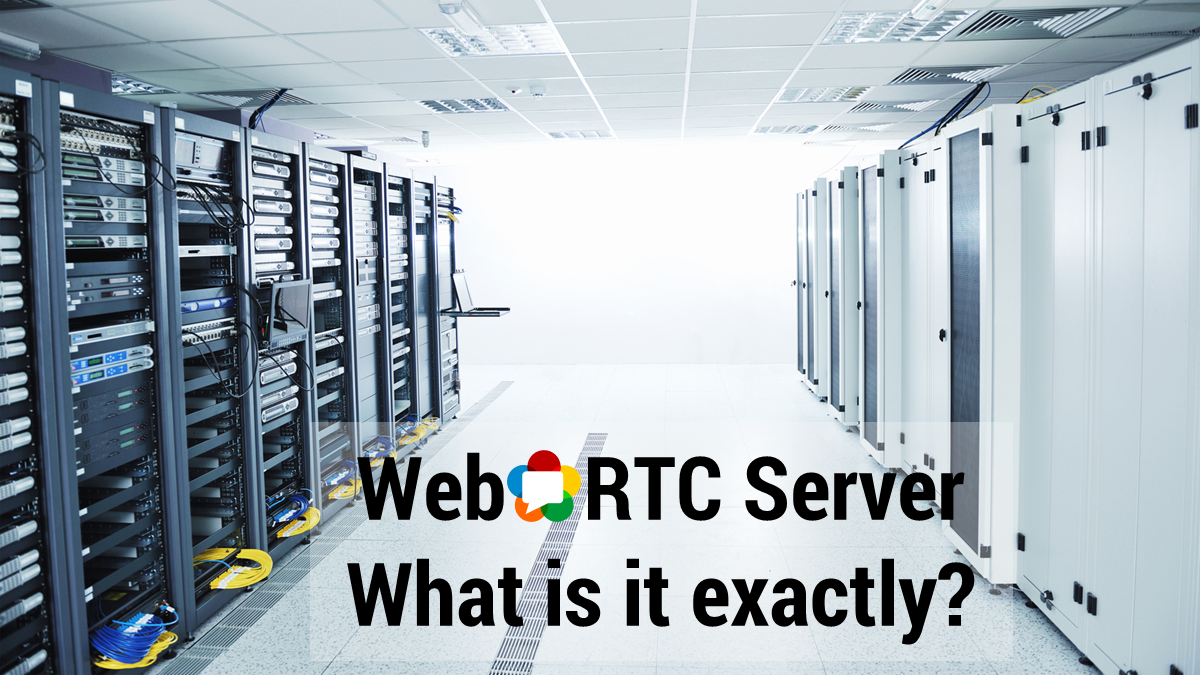
When someone says WebRTC Server – what does he really mean? There are 4 different WebRTC servers that you need to know about: application, signaling, NAT traversal and media.
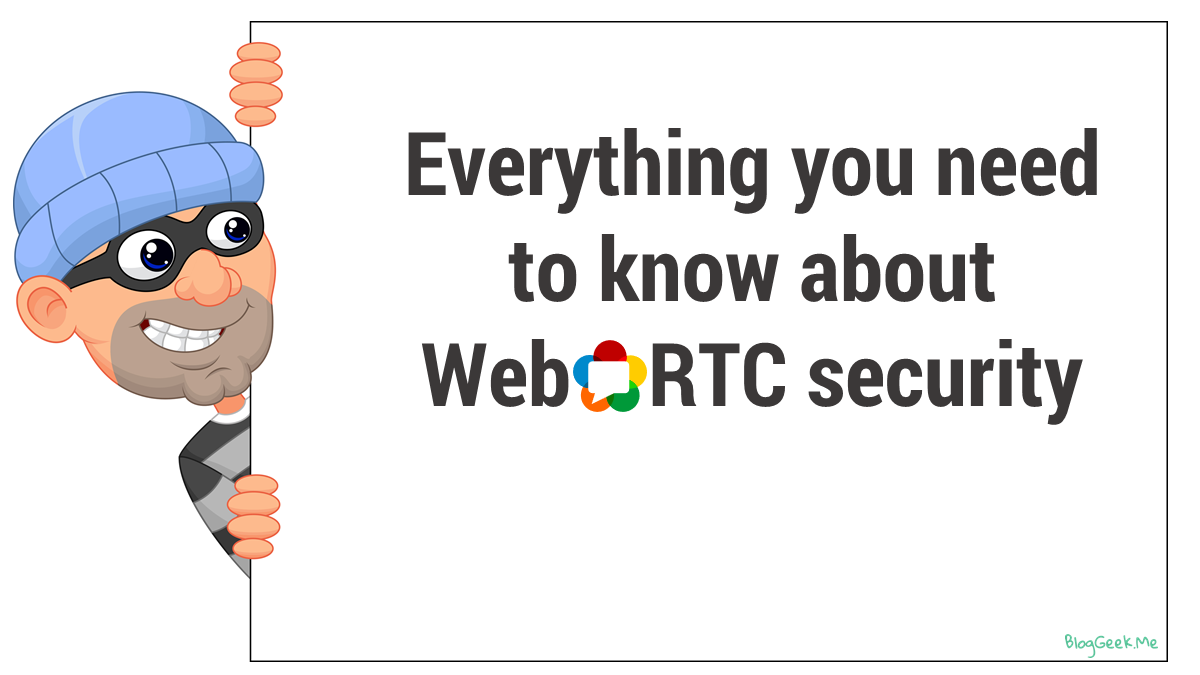
Video calling and WebRTC are becoming popular and taking center stage in our lives. Lets see see how WebRTC takes care of security (and privacy).
I am launching a new WebRTC codelab course, created together with Philipp Hancke. This goes into the intricacies of WebRTC signaling and best practices.

